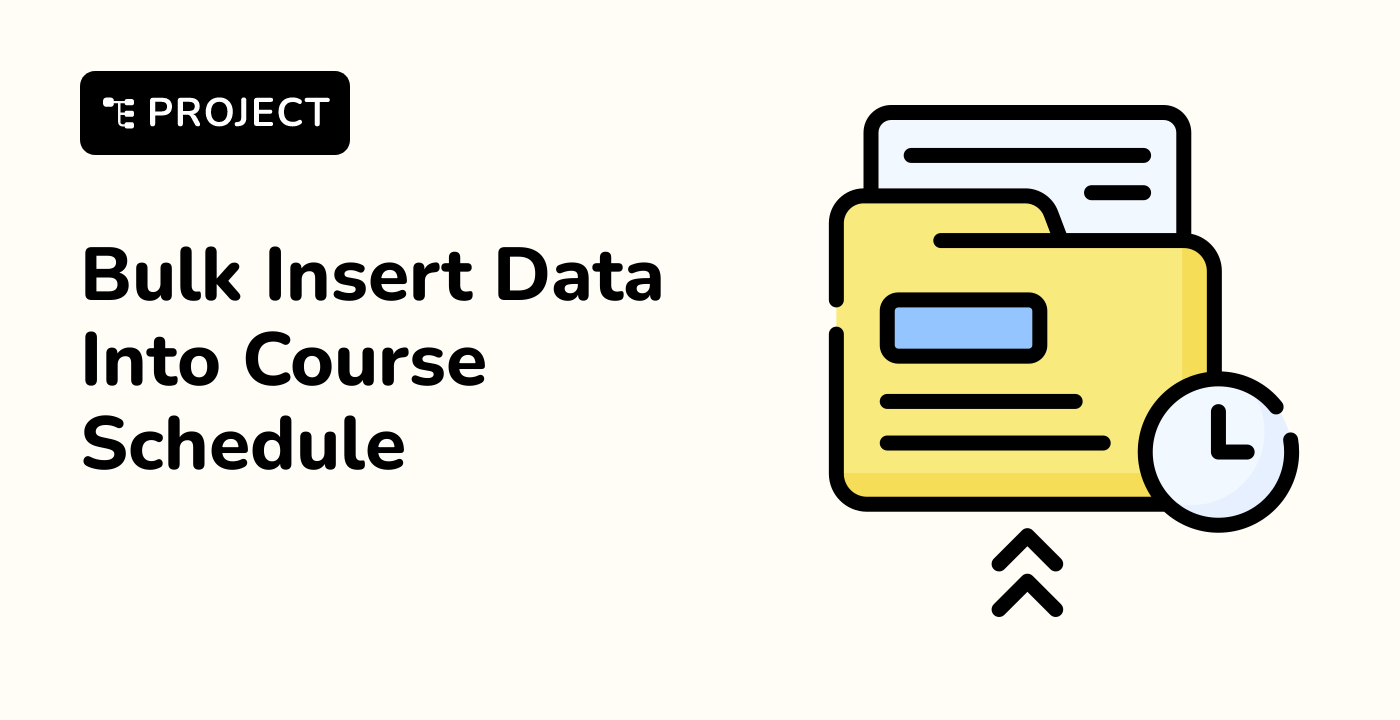Printing Methods
Standard Printing Approaches
Basic Binary Representation
public class FloatBinaryPrinter {
public static void printFloatBinary(float value) {
int bits = Float.floatToIntBits(value);
String binaryRepresentation = String.format("%32s", Integer.toBinaryString(bits))
.replace(' ', '0');
System.out.println("Float Binary: " + binaryRepresentation);
}
public static void main(String[] args) {
printFloatBinary(3.14f);
}
}
Detailed Printing Techniques
Comprehensive Binary Breakdown
public class DetailedFloatPrinter {
public static void printDetailedBinary(float value) {
int bits = Float.floatToIntBits(value);
int signBit = (bits >>> 31) & 1;
int exponent = (bits >>> 23) & 0xFF;
int mantissa = bits & 0x7FFFFF;
System.out.println("Detailed Float Binary Representation:");
System.out.println("Sign Bit: " + signBit);
System.out.println("Exponent: " +
String.format("%8s", Integer.toBinaryString(exponent)).replace(' ', '0'));
System.out.println("Mantissa: " +
String.format("%23s", Integer.toBinaryString(mantissa)).replace(' ', '0'));
}
public static void main(String[] args) {
printDetailedBinary(3.14f);
}
}
Printing Methods Comparison
| Method |
Detail Level |
Performance |
Complexity |
| Basic Binary |
Low |
High |
Simple |
| Detailed Breakdown |
High |
Medium |
Complex |
| Hexadecimal Representation |
Medium |
High |
Moderate |
graph TD
A[Float Value] --> B[Conversion Method]
B --> C[Printing Technique]
C --> D[Binary Output]
D --> E[Console/Log]
Advanced Printing Strategies
Hexadecimal Representation
public class HexFloatPrinter {
public static void printHexRepresentation(float value) {
System.out.println("Hex Representation: " +
String.format("0x%08X", Float.floatToIntBits(value)));
}
public static void main(String[] args) {
printHexRepresentation(3.14f);
}
}
Practical Considerations
- Choose printing method based on specific requirements
- Consider performance implications
- Understand the nuances of binary representation
At LabEx, we recommend mastering multiple printing techniques for comprehensive float analysis.




